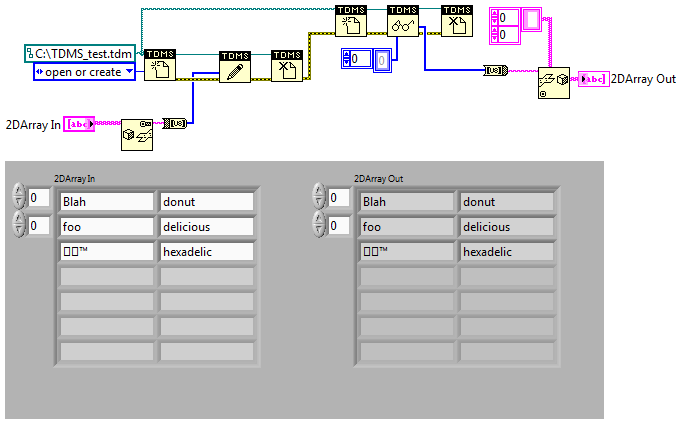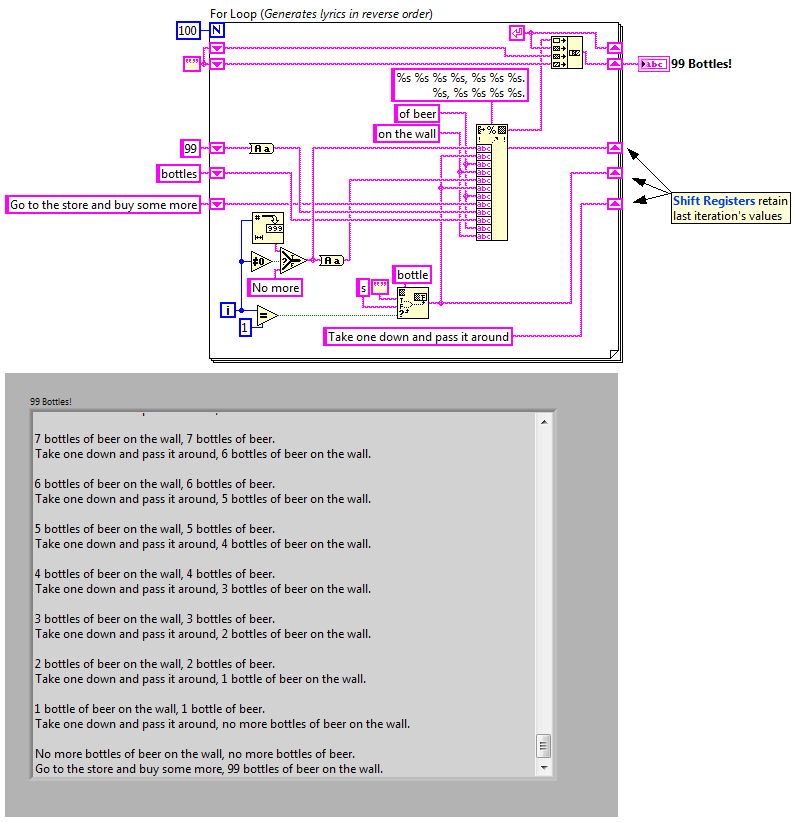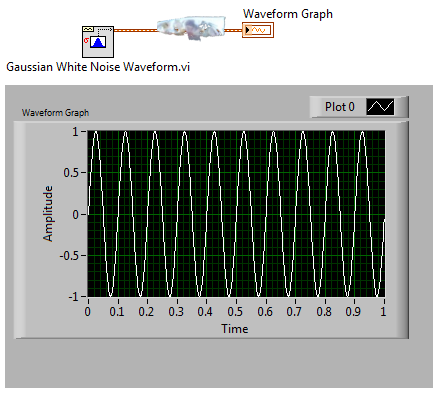-
Posts
576 -
Joined
-
Last visited
-
Days Won
1
Content Type
Profiles
Forums
Downloads
Gallery
Posts posted by orko
-
-
Michael,
I would be careful with that tool!
I've heard it's brought
to all sites who install it. -
Good afternoon, Amber.
There is actually a Job Listings forum that this post will be seen better in. Good luck in your search!
-
QUOTE (Aristos Queue @ Apr 24 2008, 02:25 PM)
Yeah, but do they have http://www.youtube.com/watch?v=ohp_nmI_TFA' rel='nofollow' target="_blank">BBQ TWINKIES?!?!
... I didn't think so.

-
Nope. It's a reference to my
upbringing.
Mmm. BBQ Twinkies...
-
Sunday, SUNday, SUNDAY!!!

I was waiting for the monster trucks to appear...
-
-
QUOTE (psiam @ Apr 24 2008, 03:28 AM)
still don't work for both of C:\curl -i and C:\curl -l,for more info see in attach file.Hmm. Can't see the code that produced the FP you showed us. But if that doesn't work you may be working against some sort of cookie issue as noted.
Since I'm assuming all of this works when requested by a browser, I wonder if a straight-up Internet Explorer embedded ActiveX control on your front panel may be another solution? I'm not sure (never tried it) but wouldn't you have access to the source HTML if you requested a page in the ActiveX container? I guess for that matter you wouldn't even need to show the control, it could be hidden and doing operations in the background.
Has anyone else here had any experience in doing it that way? Basically having IE do all the work by having it request pages for you (you would have to POST the login info from IE on the first call of course) and grabbing the HTML source to parse out the test results?
Sorry I can't be of any more help than that.

-
I just added a great link in the Getting Started WIKI (which I couldn't find the discussion thread for) that I hadn't seen before. It's a conglomerate of software engineering resources that I am sure would benefit everyone who hasn't seen it yet. :thumbup:
-
-
QUOTE (minority @ Apr 23 2008, 12:51 AM)
To select which port to onnect to, I've used the existing "VISA Resource" control that gives a drop-down list of available ports on the device. However, it seems to me that it does not refresh itself even after devices have been plugged or unplugged. The only way I can get a refreshed list is by closing the VI and then reopening it again. Is there a better way to do this?You should be able to right click on the control and select "refresh" from there. Other than that, opening up MAX and refreshing devices as your plugging in/unplugging them should do the trick as well.
-
QUOTE (Cat @ Apr 23 2008, 04:08 AM)
I've http://forums.lavag.org/Unavailable-t8927.html#' target="_blank">been there and feel your pain! Although I found myself looking for a new position again...
-
Here's another version. I thought, heck... might as well show off clusters
 Plus I thought this was a lot easier to follow than my last one.
Plus I thought this was a lot easier to follow than my last one. -
QUOTE (Justin Goeres @ Apr 22 2008, 04:37 PM)
Good job Justin. Since you gave me props, I won't point out the two unneeded linefeed at the end

PS. It's the Perl in me coming out again... hehe
-
In the past, I've flattened data (any data: 2D Array, cluster,etc) to a string and converted to a byte array. I believe it was suggested to do it this way in one of the classes I took to preserve any binary data that may be in the array. You can see below that the binary data I injected (\12\13\99) was properly handled.
-
QUOTE (Justin Goeres @ Apr 22 2008, 04:08 PM)
-
QUOTE (jpdrolet @ Apr 21 2008, 03:39 PM)
They were yummy! Thanks!
PS. My whole entertainment center doesn't cost more than a 3 foot chunk, for cryin out loud!

PPS. Where are all of these people that can afford these cables, and why are they not sharing with the rest of us??
-
QUOTE (Michael_Aivaliotis @ Apr 21 2008, 01:55 PM)
FYI: There was a recent discussion on Aral Balkin's Blog. Favorites included SCPlugin (which was inspired by TortoiseSVN and integrates into the Mac OS X Finder) and Synchro SVN (which is cross platform).
-
Miss an electron and the wrong person gets voted into the White House...

-
QUOTE (PaulG. @ Apr 21 2008, 01:27 PM)
I will be paying close attention to this thread. I hope we get a good dialog going.I'll cast my hat into the ring as well. I've had a void to fill ever since getting through all those NI courses just in time for LVOOP to be released.

I've worked with C++ OOP, which seemed almost intutive to pick up. I agree that there seems to be too many different implementations out there (which is probably to be expected at this point since OOP is relatively new to LabVIEW). I also would like to at least be very, very familiar with the standard installation's version as priority one, so that I can make an informed decision about which direction I'm going to go with this.
-
You should fill your guitar with Fruity Pebbles. They're much cheaper and taste great after a good jam session... :laugh:
-
mross,
Correct me if I'm wrong, but isn't there a possibility that none of the 10 iterations will produce a number in the desired range? I would think a while loop (vs. For Loop) that tests the size of the output array to ensure a set number of results would be nice.
I see what you are getting at, and this is a good learning exercise for someone learning LabVIEW. For real world applications I think you'd agree that a one-shot algorithm approach that gaurantees one number within range on each execution (rand*(MAX-MIN) + MIN) would be a better approach.
-
-
-
QUOTE (Aristos Queue @ Apr 21 2008, 10:00 AM)
Which is what TobyD said above. Sometimes a formula is worth a hundred words (since a picture is worth a thousand).







Using scope_identity()
in Database and File IO
Posted
QUOTE (Mike C @ Apr 25 2008, 09:05 AM)
I agree about termination characters being a major bane. Also, two other things come to mind.
1) you say, "query", not "queries" so I'm assuming that the text above is going in as one query? That probably will not work...I would assume that you would have to do an insert query and then a select query seperately. I haven't played with it in in the LabVIEW DBC toolkit to be sure.
2) If combined read/write is allowed in the DBCT in one SQL query, the above still will not work since there is nothing separating the two queries but a line break. A semi-colon would need to be after each query to signify the end. Consider this, which is a valid SQL statement (and how I usually form my queries programatically since the fields/values can be generated easily):
Insert into tblname(field_1, filed_2)Values ('value1', 'value2');select scope_identity();